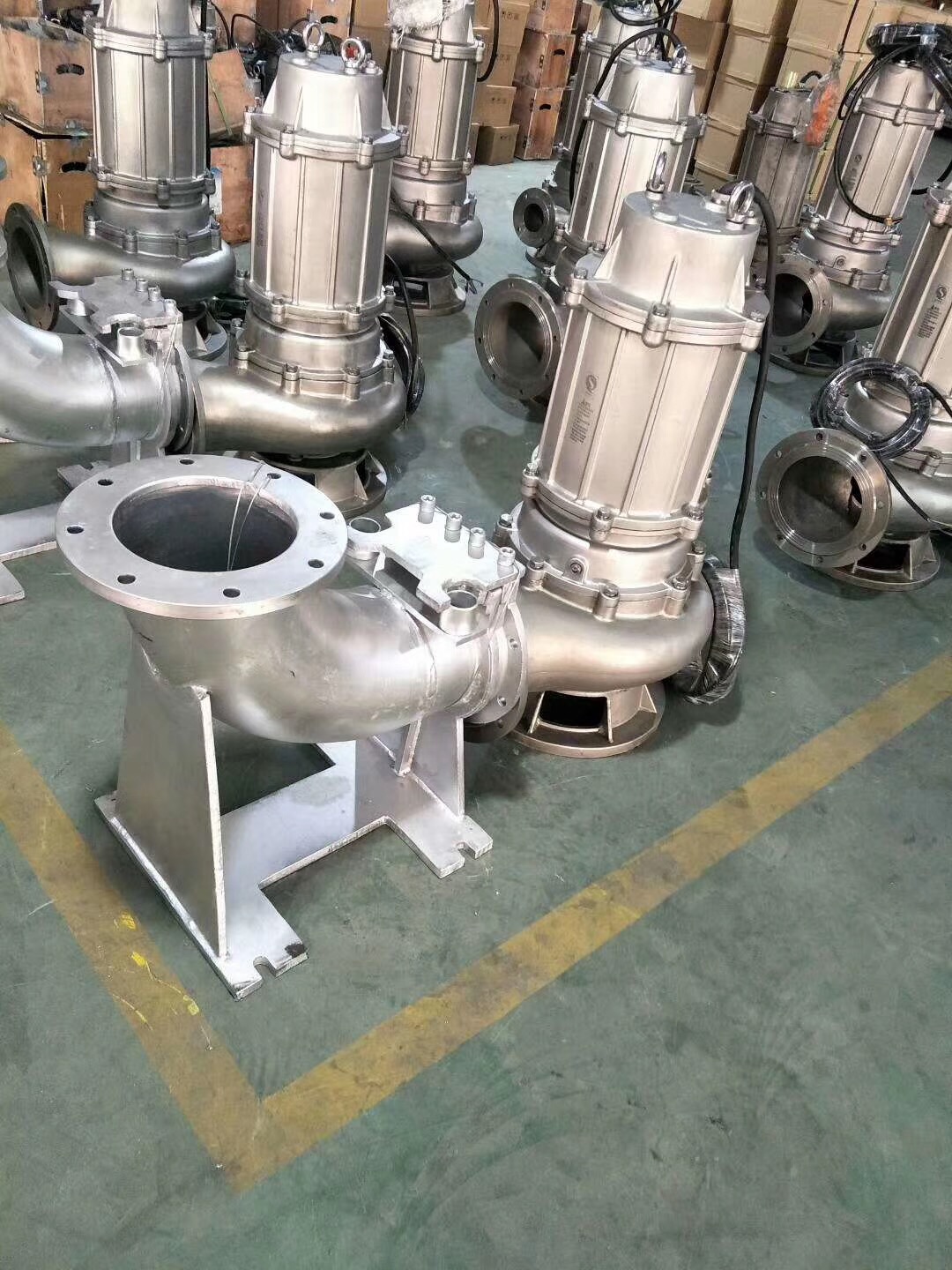English
- Afrikaans
- Albanian
- Amharic
- Arabic
- Armenian
- Azerbaijani
- Basque
- Belarusian
- Bengali
- Bosnian
- Bulgarian
- Catalan
- Cebuano
- Corsican
- Croatian
- Czech
- Danish
- Dutch
- English
- Esperanto
- Estonian
- Finnish
- French
- Frisian
- Galician
- Georgian
- German
- Greek
- Gujarati
- Haitian Creole
- hausa
- hawaiian
- Hebrew
- Hindi
- Miao
- Hungarian
- Icelandic
- igbo
- Indonesian
- irish
- Italian
- Japanese
- Javanese
- Kannada
- kazakh
- Khmer
- Rwandese
- Korean
- Kurdish
- Kyrgyz
- Lao
- Latin
- Latvian
- Lithuanian
- Luxembourgish
- Macedonian
- Malgashi
- Malay
- Malayalam
- Maltese
- Maori
- Marathi
- Mongolian
- Myanmar
- Nepali
- Norwegian
- Norwegian
- Occitan
- Pashto
- Persian
- Polish
- Portuguese
- Punjabi
- Romanian
- Russian
- Samoan
- Scottish Gaelic
- Serbian
- Sesotho
- Shona
- Sindhi
- Sinhala
- Slovak
- Slovenian
- Somali
- Spanish
- Sundanese
- Swahili
- Swedish
- Tagalog
- Tajik
- Tamil
- Tatar
- Telugu
- Thai
- Turkish
- Turkmen
- Ukrainian
- Urdu
- Uighur
- Uzbek
- Vietnamese
- Welsh
- Bantu
- Yiddish
- Yoruba
- Zulu
Telephone: +86 13120555503
Email: frank@cypump.com
Oct . 12, 2024 02:48 Back to list
Efficient Wastewater Management Through Advanced Pumping Solutions for Sewer Systems
Understanding Sewer Pump Systems A Comprehensive Overview
Sewer pump systems are critical components in modern sewage management, ensuring that wastewater is effectively transported from homes and businesses to treatment facilities. In essence, these systems enable the efficient removal of wastewater, especially in areas where gravity drainage is insufficient. This article delves into the components, functions, and benefits of sewer pump systems, providing a clearer understanding of their importance in urban infrastructure.
The Need for Sewer Pump Systems
In many urban areas, particularly where the terrain is flat or composed of low-lying land, gravity drainage alone cannot facilitate the movement of wastewater. Sewer pump systems are essential in these scenarios to ensure that sewage is conveyed away from properties and directed towards waste treatment plants. Without these systems, homes located below the level of the main sewer line could face serious sanitation issues, risking public health and environmental safety.
Components of a Sewer Pump System
A typical sewer pump system comprises several key components
1. Pump The heart of the system, pumps are designed to move sewage and wastewater. Various types of pumps can be used, including submersible pumps, which are installed directly in the sewage pit, and non-submersible pumps, which sit above ground.
2. Holding Tank This tank collects sewage and wastewater before it is pumped to the main sewer line. It serves as a buffer and is usually equipped with floats that trigger the pump when the tank reaches a certain level.
3. Control Panel This component manages the operation of the pump, including start and stop functions, and monitors system performance. Some modern systems include alarms to alert homeowners or maintenance personnel about malfunctions or high water levels.
4. Discharge Pipes These pipes transport the sewage from the holding tank to the municipal sewer line or septic system. Proper sizing and installation of discharge pipes are critical for efficient flow and to prevent backflow.
5. Check Valves Installed in the discharge line, check valves prevent the backflow of sewage into the holding tank, ensuring that wastewater moves in one direction toward treatment facilities.
Functioning of Sewer Pump Systems
sewer pump system

The operation of a sewer pump system begins when wastewater flows into the holding tank. As the tank fills, float switches activate the pump once a predetermined level is reached. The pump then moves the sewage through the discharge pipes to the main sewer line. After the tank empties, the pump shuts off automatically. This cycle ensures that sewage is continuously and efficiently transported away from the source, minimizing the risk of backups or overflows.
Benefits of Sewer Pump Systems
Sewer pump systems offer several advantages
- Prevent Backups By actively managing wastewater flow, these systems reduce the risk of sewage backups and overflows, which can cause significant property damage and health hazards.
- Adaptability They can be installed in various settings, including residential, commercial, and industrial locations, making them versatile solutions for sewage management.
- Environmental Protection Properly functioning sewer pump systems prevent untreated sewage from entering the environment, safeguarding water quality and public health.
- Cost-Effectiveness While there is an initial investment involved in installing a sewer pump system, the long-term savings from preventing sewage-related damages and health issues make it a cost-effective solution.
Maintenance and Care
To ensure the long-term effectiveness of sewer pump systems, regular maintenance is essential. Homeowners should monitor the pump for unusual noises or malfunctions, check the floats and switches for proper operation, and periodically inspect the holding tank and discharge pipes for blockages or leaks. Engaging professional services for routine inspections can help catch potential issues before they escalate, ensuring system longevity and reliability.
Conclusion
Sewer pump systems play a pivotal role in modern wastewater management, especially in areas where gravity drainage is inadequate. Understanding their components, functions, and benefits can help homeowners and communities appreciate their importance in maintaining public health and environmental safety. As urban areas continue to grow, the reliance on efficient sewage systems will only increase, making sewer pump systems indispensable to our infrastructure.
-
ISG Series Vertical Pipeline Pump - Chi Yuan Pumps Co., LTD.|Advanced Hydraulic Design&Energy-Efficient Solutions
NewsJul.30,2025
-
ISG Series Vertical Pipeline Pump - Chi Yuan Pumps Co., LTD.
NewsJul.30,2025
-
ISG Series Vertical Pipeline Pump - Chi Yuan Pumps Co., LTD.|energy-efficient fluid handling&industrial durability
NewsJul.30,2025
-
ISG Series Vertical Pipeline Pump - Chi Yuan Pumps | Advanced Engineering&Industrial Efficiency
NewsJul.30,2025
-
ISG Series Pipeline Pump - Chi Yuan Pumps | High Efficiency, Energy Saving
NewsJul.30,2025
-
ISG Series Vertical Pipeline Pump-Chi Yuan Pumps|High Efficiency&Reliable Performance
NewsJul.29,2025










